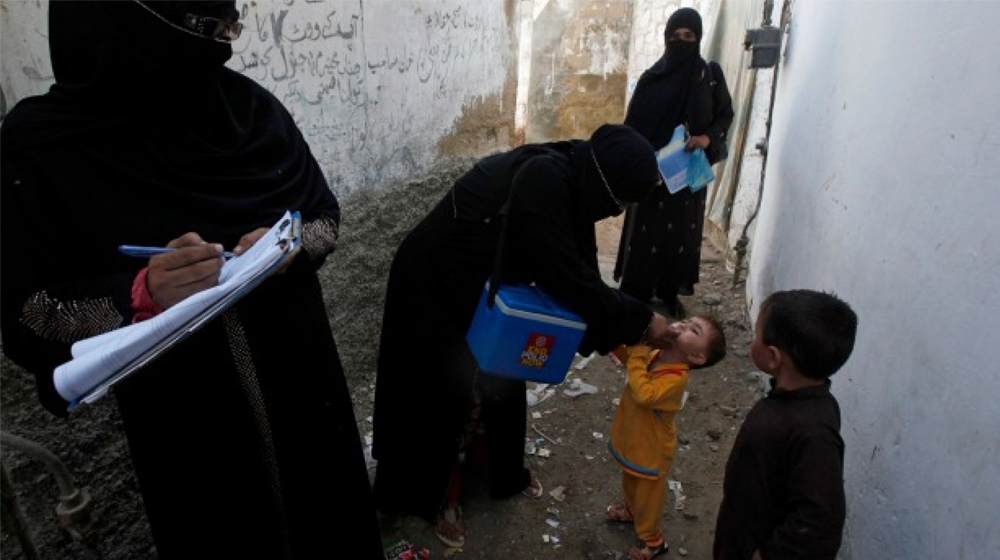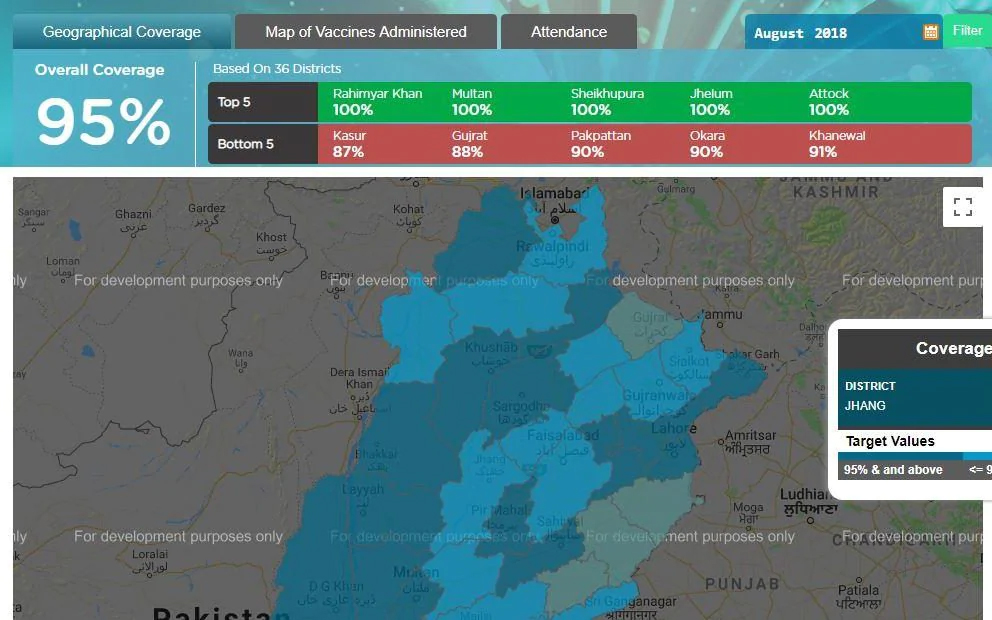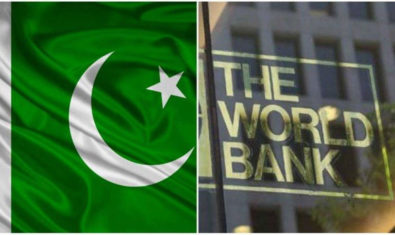Pakistan has seen a sharp increase in vaccination rates using smartphones. They proved to be quite handy for filling gaps in the vaccination campaign in rural Pakistan.
As per the project details, the authorities handed over cheap smartphones to health workers to track their performance.
Executed with British collaboration and World Bank funding, the scheme cost less than £1 million.
Yet, it made possible the immunization of hundreds of thousands of children. The drive could never reach those children had it not been for this scheme.
This integration of technology and vaccination is being replicated across the globe given its efficacy as well as efficiency.
E-Vaccs Comes to Salvage the Drive
Before this initiative, a major challenge facing the immunization campaign was reaching remote areas.
Notably, these rural areas were in dire need of vaccination as 27% of deaths in children occurred because of diseases that were preventable by vaccination. A majority of these deaths belonged to rural areas.
The idea of vaccinating every child in the country required a revamped strategy. It was accomplished with the help of a digital system called E-Vaccs.
This system watched over the attendance of all the vaccines dispatched in the field.
The E-Vaccs system was based on an immunization information system along with a smartphone application for vaccinators, which stored the real-time immunization records in a centralized database.
This data enabled planners to pinpoint the reasons behind gaps in the vaccination drive in Punjab province. The planners could, for the first time, locate the villages that the campaign was missing or ignoring.
The data also helped identify other reasons, be it negligence by the health teams, shortage of staff, or the government not issuing transport allowances.
ALSO READ
PITB Introduces New Water-Resistant, NFC-Enabled e-Vaccination Cards
Lower Cost, Higher Results
Providing phones worth $80 to each worker made it possible for the campaign to reach almost every village, increasing the immunization rates to 82 percent from 47 percent over a period of two years.
Many countries, taking lead from Pakistan, are making the similar attempts. These countries include Congo, Ethiopia, Afghanistan, and Mozambique.
It needs to be mentioned here that eVaccs kickstarted in 2014 in Punjab, home to almost 110 million people.
The Punjab Information Technology Board designed this app. The vaccinators, a team of 4000 at the time, were provided a few months’ training to use the app consistently.
Hundreds of thousands of data points were set up and linked to the satellite maps. Soon after their linkage with the satellite maps, the planners could locate the missing villages.
Gaps in the coverage also pointed out the flaws in vaccination plans like staff not being dispatched to the right places and so on.
The data also identified areas where teams could not meet their targets. It also disclosed that 10 percent of the vaccinators did not show up for work at all.
Another revelation made by that data was the places where vaccinators could not reach their target as the provincial government was not disbursing their transport allowances.
Via Telegraph


























